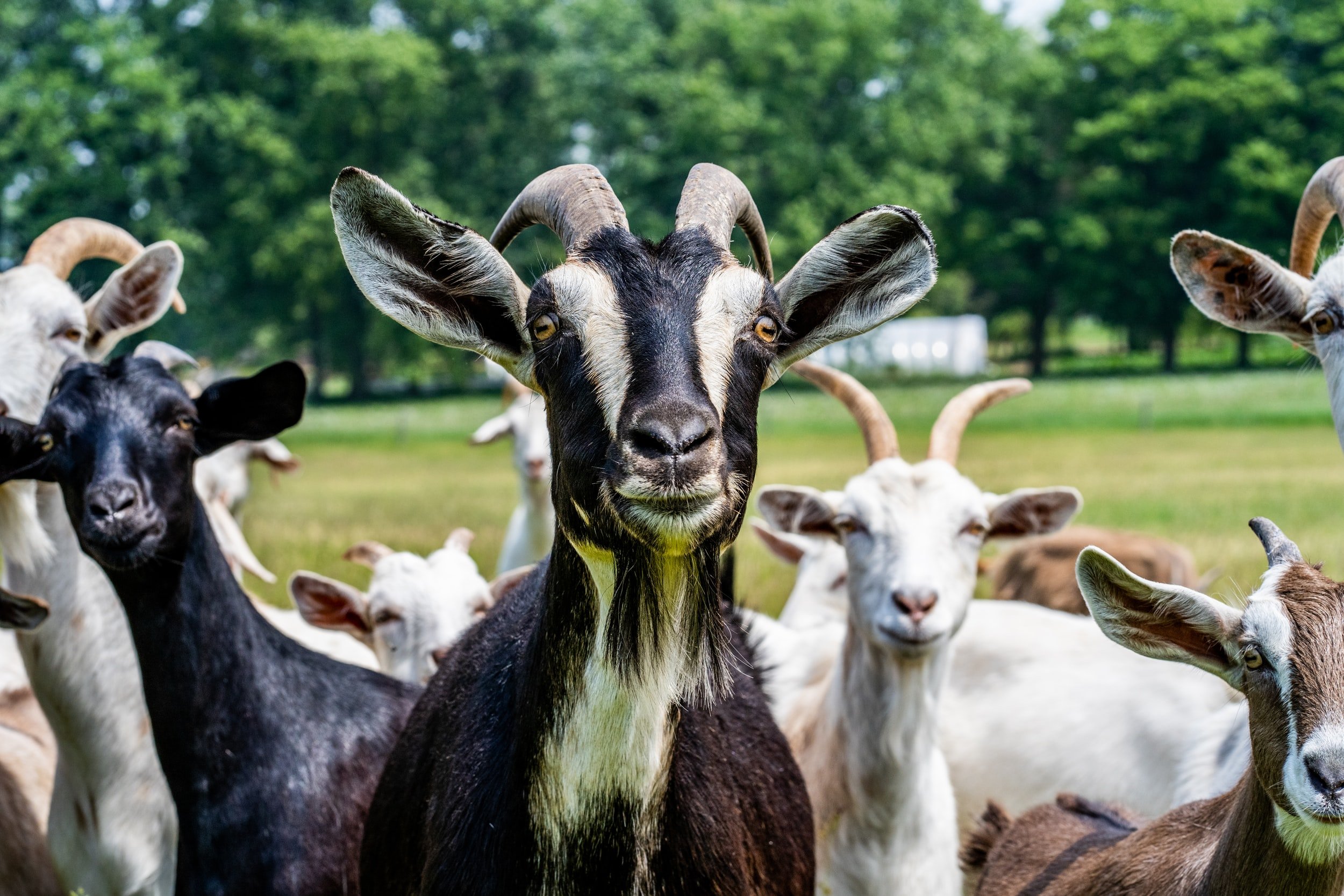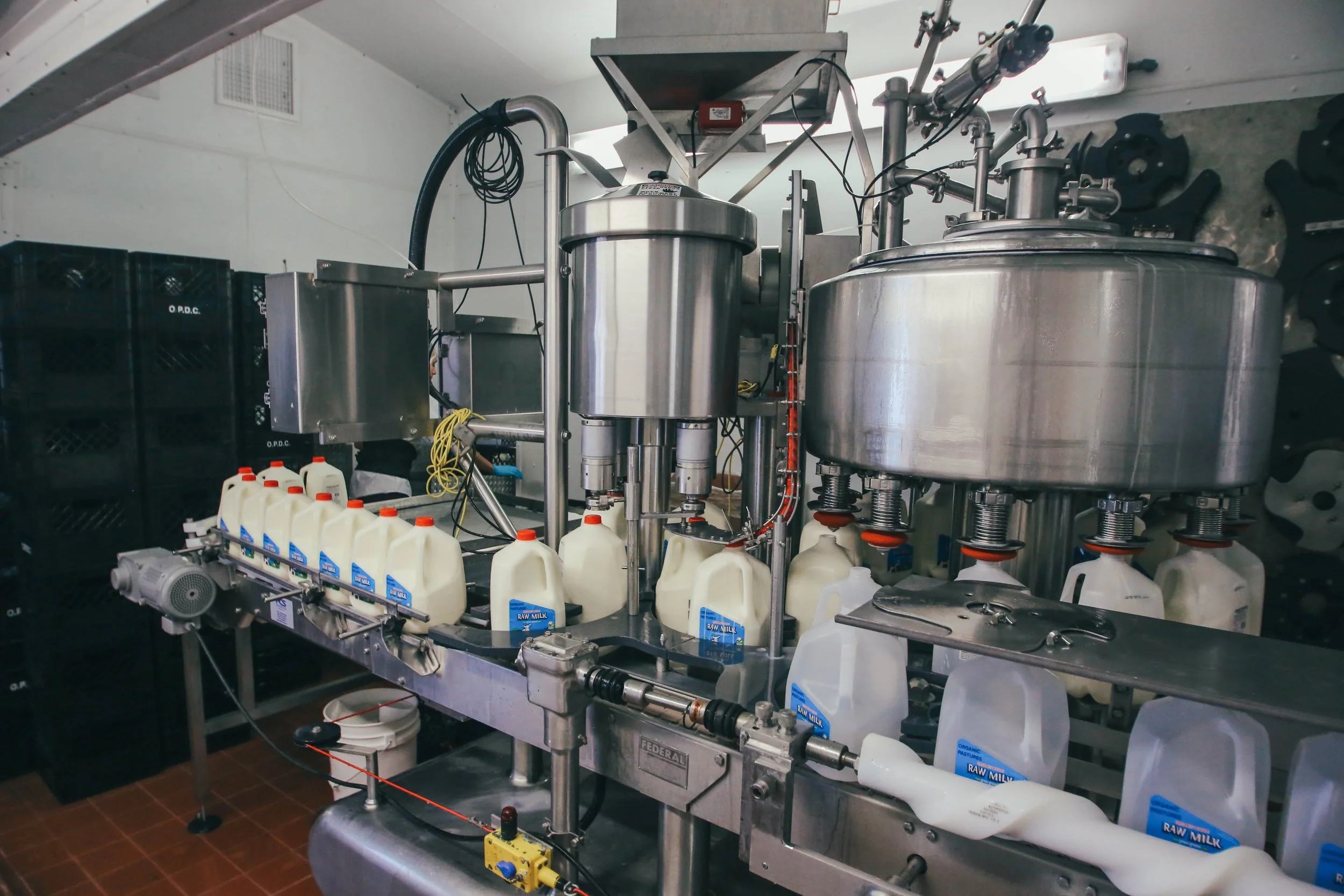Have you lost your organic contract? Dairies across the USA are failing, but there is another way. Maybe it’s time to go raw!
Here are some resources to get you started.
What are some advantages for farmers selling raw milk?
Many small organic dairies are losing their contracts and left with no buyer for their milk. However, selling raw milk is a potential niche that connects the farm directly with good-paying, healthy consumers. Switching to raw milk may be a very rewarding fit for some farmers.
Farmers have been denied fair markets for their dairy products for more than a century. All of the value-added efforts are happening after products leave the farm. Thus, it is the creameries and processing plants that are making that additional money. The creameries process, brand, label and collect the profits while the farmer remains faceless and without recourse to affect the amount they earn.
Raw milk presents a unique farmstead product that brings all the added value back to the farmer with an incentive to work on quality. By selling directly to consumers, raw milk farmers are able to obtain greater financial rewards for their work, while consumers benefit from the improved flavor and nutrition. It’s a win-win for farmers and consumers!
In selling directly to consumers, raw milk farmers get to know and appreciate the families who benefit from their milk. And, the consumers also get to know and appreciate the raw milk farmers. This increased connection allows the farmers to more fully embrace their roles as providers of nourishment, by knowing the real families who benefit from their labors.
How do I get started in switching from pasteurized to raw milk production?
Switching from producing milk intended for pasteurization to raw milk intended for direct human consumption requires a big shift in mindset and practices. Studies have shown that up to 24% of pre-pasteurized milk contains pathogens, whereas raw milk from well-trained farmers is very unlikely to contain pathogens.
Farmers who produce low-risk raw milk must carefully manage the cleanliness and hygiene of the farm as a whole from grass-to-glass. From the health of the herd, to cleanliness of the milking parlor, to the specific cleaning processes for the milk line, to ensuring rapid milk chilling, to regularly testing their milk, and everything in between, raw milk farmers have to be dedicated to taking their farm management to the next level in order to ensure that their raw milk is safe to consume.
For dairy farmers who are considering the switch to raw milk production, here are specific guidelines for producing safe raw milk:
The Raw Milk Institute (RAWMI) trains and mentors farmers in the production of low-risk raw milk. RAWMI is a non-profit organization, so our training and mentoring is FREE for farmers. Whether or not you decide to become LISTED by RAWMI, we'd be happy to help you in making sure you get off to a good start with raw milk. You can email us at contact@rawmilkinstitute.org.
What is it like selling raw milk directly to consumers?
Selling raw milk direct to consumers is an entirely different and very rewarding world. If you get it right, you’ll become a trusted brand and be beloved. The families you provide raw milk to will trust you to do an outstanding job!
Building a market for raw milk does not just happen. Selling to a processor doesn’t require answering questions from end consumers or developing close consumer relationships. You’ll have to work hard to develop each relationship with your consumers, and be prepared to answer lots of questions. You must be interested in answering these questions and carefully researching to assure that the most current and accurate information is provided. All of this needs to be done with a warm smile :) and some compassion.
As we say at RAWMI, “You don’t sell raw milk. You teach it.” If you teach enough, you can sell enough. It’s all about making that consumer connection with very high quality and safety.
That means you become both a teacher and a producer. If consumers don’t know what is so great about raw milk... they won’t buy it. Why would they? They must learn first, then the sale is a done deal. Knowledge is gained and trust is earned before a sale is completed.
What are the benefits of becoming LISTED by the Raw Milk Institute?
Some of the benefits of becoming LISTED by the Raw Milk Institute are:
free mentoring in the production of safe, low-risk raw milk
increased milk shelf life and improved milk flavor
increased consumer confidence
improved regulatory and inspector relationships
lower liability insurance rates
quarterly meetings with other RAWMI LISTED farms for open exchange of information, troubleshooting and the continual evolution of best practices for the production of low-risk raw milk
assistance with potential recalls and media communications
The Raw Milk Institute’s farmer program provides a powerful tool for you, the farmer, to connect with consumers seeking raw milk and gives you a place to demonstrate your good track record. The Raw Milk Institute mentors LISTED farmers in developing their own Grass-to-Glass Risk Analysis Management Plan (RAMP) to optimize the health and hygiene of their farms. Monthly testing assures that each RAMP is working effectively to achieve the Common Standards for low-risk raw milk. There is more information about how to become RAWMI LISTED here.
I thought raw milk was unsafe. Isn't pasteurization necessary for safety?
It is true that raw milk produced as “intended for pasteurization” and sourced from Concentrated Animal Feeding Operations (CAFOs) is generally unsanitary and unsafe to consume raw. This milk is often being produced in conditions where animal health is compromised, antibiotics are utilized, hormones are used to stimulate higher levels of milk production, there is an abundance of manure, and there is a corresponding high rate of pathogens. This type of milk is generally commingled with milk from multiple dairies, which increases the risk of pathogenic exposure. At the Raw Milk Institute, we agree that consumption of this type of raw milk is high risk.
However, raw milk that is carefully and intentionally produced for direct human consumption is a low-risk food. This type of raw milk is wholly different from raw milk being produced in unhygienic conditions. Raw milk intended for direct human consumption is produced in sanitary conditions, with much care to ensure that the animals are healthy and that the milk is clean. This type of raw milk is tested often and held to rigorous standards to ensure that it is being produced in a way that discourages pathogen growth.
There is no such thing as a perfectly safe food. However, studies have shown that raw milk is a low-risk food when there are proper training of farmers, careful production practices, and ongoing testing.
A study of intentional raw milk production and testing practices in the USA, Canada, and Germany concluded that, "raw milk can be produced with a high level of hygiene and safety.”
Research has shown that the rate of raw milk related outbreaks is decreasing, meanwhile the consumption of raw milk is increasing. For instance, one study concluded that “Controlling for growth in population and consumption, the [raw milk] outbreak rate has effectively decreased by 74% since 2005.”
Is raw milk healthier than pasteurized milk?
Current science has shown that pasteurization has a negative effect on the beneficial qualities of milk. Pasteurization of milk has been shown to:
Reduce the bioavailability of calcium and phosphorus,
Reduce the presence of copper and iron,
Reduce Vitamins A, B Complex, C, and E,
Destroy beta-lactoglobulin, thereby decreasing intestinal absorption of Vitamins A and D,
Destroy probiotics, including lactobacillus and pediococcus, and
Inactivate beneficial enzymes, including lactase, anti-inflammatory alkaline phosphatase, and lactoperoxidase.
In many ways, raw milk can be likened to breastmilk: they both contain a wide array of beneficial nutrients, enzymes, vitamins, and minerals, in their natural form which is most easily utilized by the body. Both raw milk and breastmilk are designed to provide excellent nutrition and strengthen the immune system. Raw milk, and especially raw milk from pastured animals, is a great source of calcium, iron, Vitamins A, D & K, phosphorus, zinc, conjugated linoleic acid (CLA), and omega-3 fatty acids, plus many beneficial enzymes and probiotics.
Raw milk is also easily-digested by many people who are lactose-intolerant!
Does raw milk have any documented health benefits?
Scientific studies that specifically compared raw milk to pasteurized milk have concluded that raw milk has significant health benefits over pasteurized milk.
Raw milk is correlated with reduced asthma and allergies in children
Raw milk reduces the risk of ear infections, respiratory infections, and fever in children
Raw milk is correlated with less eczema in children
People who drank raw milk in childhood have better lung health as adults
Raw milk components have antiviral effects








